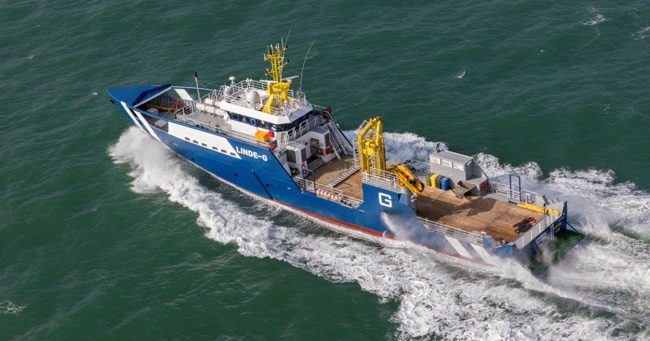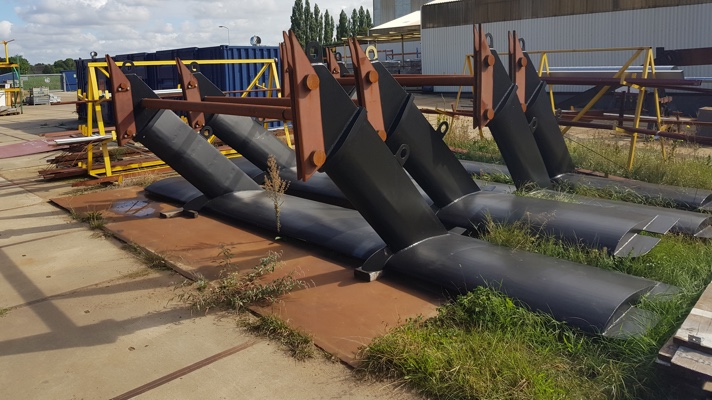(With video) The Hull Vane is a patented fixed hydrowing that is placed below the stern of a ship, saving energy and improving seakeeping. The Dutch invention has built a case for itself by proving its worth in practice, thereby drawing in orders for other types of vessels.
The Hull Vane, or "hydrofoil", influences the stern wave pattern and creates hydrodynamic lift, which is partially oriented forward and reduces the ship’s resistance. Invented by Dr Ir Pieter van Oossanen, it has been on the market since 2014 and has won several maritime innovation awards.
Performance Numbers Draw in Customers
Bruno Bouckaert, sales director of Hull Vane BV: 'We clearly see a shift compared to five years ago, when we started. We now have so many full-scale examples on a wide range of vessels, backed up with performance numbers and forty years of accumulated usage without a single repair, that no-one really doubts the effectiveness or the durability of the Hull Vane anymore.'
The tally of built Hull Vanes now amounts to nineteen units, five of which for patrol vessels, and Shipyard De Hoop is already the fourth repeat customer for Hull Vane BV. The company reports that twenty more Hull Vanes are on order or very close to being ordered for superyachts, passenger ships and patrol boats.
Trials with Fast Supply Vessel Karina
Having tested the Hull Vane onboard the 55 m Fast Supply Vessel Karina back in 2014, Shipyard de Hoop is no stranger when it comes to the Hull Vane. Sea trials with and without Hull Vane at the time showed a reduction in fuel consumption of 10 to 15%, depending on the ship’s speed.
The difference in stern wave was also clearly visible, and Shipyard De Hoop’s technical director Fré Drenth coined the phrase “the iron behind the stern” for the Hull Vane, because it flattened the wake so much.
Apart from a reduction in fuel consumption, the Hull Vane also provides the vessels with a higher top speed, a longer range (or higher crossing speed) and improved seakeeping (10 to 20% less vertical accelerations onboard).
Hull Vanes for Four Karina Sister Vessels
Now, Shipyard de Hoop has taken delivery of four Hull Vanes for a series of four near-sisterships of the Karina, measuring 55 m and used in the offshore and security domain.
The first ship has already been fitted with the Hull Vane and was delivered to Dutch shipowner Rederij Groen (Scheveningen) as Linde-G, to be used as a Multipurpose Guard Vessel. Two other vessels were sold as Offshore Patrol Vessels to HLS International and will be delivered shortly for security work in Nigerian waters. The fourth ship will be used as an Offshore Patrol Vessel in Kenian waters.

Multipurpose Guard Vessel Linde-G
Suitable for Other Vessel Types
Patrick Jansen, CEO of Shipyard de Hoop: 'The Hull Vane is an example of something that clearly works very well, and we see applications on other vessels in our yard as well, such as expedition cruise ships. Most ships will sail day-in-day-out for at least the next thirty years and it would be a pity not to equip them with a device which saves so much fuel consumption and CO2 emissions, while improving comfort for the passengers onboard.'
Watch a video about the Hull Vane below.
Picture (top): Four Hull Vanes awaiting installation.








